
Written in May by Andy Adler, FCT Director
It is May, it is dry, and farmers are praying for rain. The conversations I’ve had with farmers and veterinarians this week have painted a clear picture: while political uncertainty may cloud the immediate horizon, one thing remains constant—the risk of climate change and its disruption to traditional agricultural systems. These discussions have reinforced a fundamental truth that many in agriculture are grappling with: the old ways of doing things may no longer be sufficient for the challenges ahead.

The Reality of Risk in Modern Agriculture
Farmers today face an unprecedented combination of challenges. Extreme weather events are no longer anomalies but regular occurrences that demand preparation. Prolonged dry periods followed by prolonged wet periods, heavy rain and unexpected late frosts, shifting pest patterns that render traditional management strategies obsolete—these are the new realities of agricultural production.

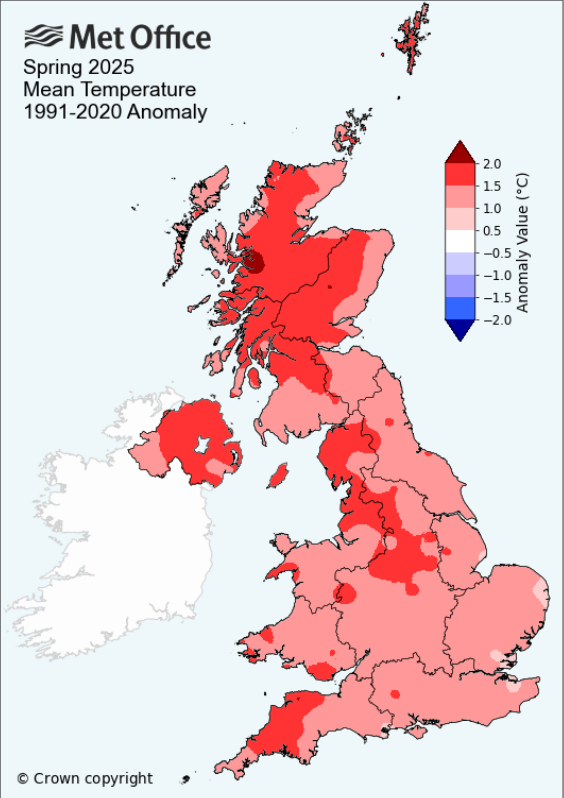
A warm and very dry spring was the reality for most of the UK in 2025. These plots detail how much rainfall and temperature deviate from the long-term averages between 1991 and 2020. Credit: UK Met Office
After 60 years of being encouraged to use chemical solutions to build yield, and measure efficiency as output per unit of land farmed, we have created a system that is reliant on external inputs where we have no control over price. Alongside that, we have transitioned from a predictable political subsidy system to one where objectives differ, and the expectation of delivering public goods means the subsidy systems now favour land ownership over food production.
Yet the challenge extends beyond the farm gate. Veterinarians are also witnessing cultural shifts that demand their own form of resilience. Changing consumer expectations around animal welfare, evolving regulatory frameworks, and new technologies are transforming veterinary practice. Like farmers, they must adapt to remain relevant and practical in serving their communities.
Understanding Assets and Aspirations
Building resilience requires a fundamental shift in how we think about agricultural assets. Traditional measures of farm value—land, equipment, and livestock—remain important, but they’re no longer sufficient indicators of long-term viability. Today’s resilient farms also invest in knowledge assets, relationship networks, and adaptive capacity.
This broader understanding of assets includes soil health as a foundation for productivity, water management systems that can handle both scarcity and excess, and diversified income streams that provide stability when primary enterprises face challenges. It also encompasses the human capital—the skills, knowledge, and relationships that enable farmers to navigate uncertainty and capitalise on opportunities.
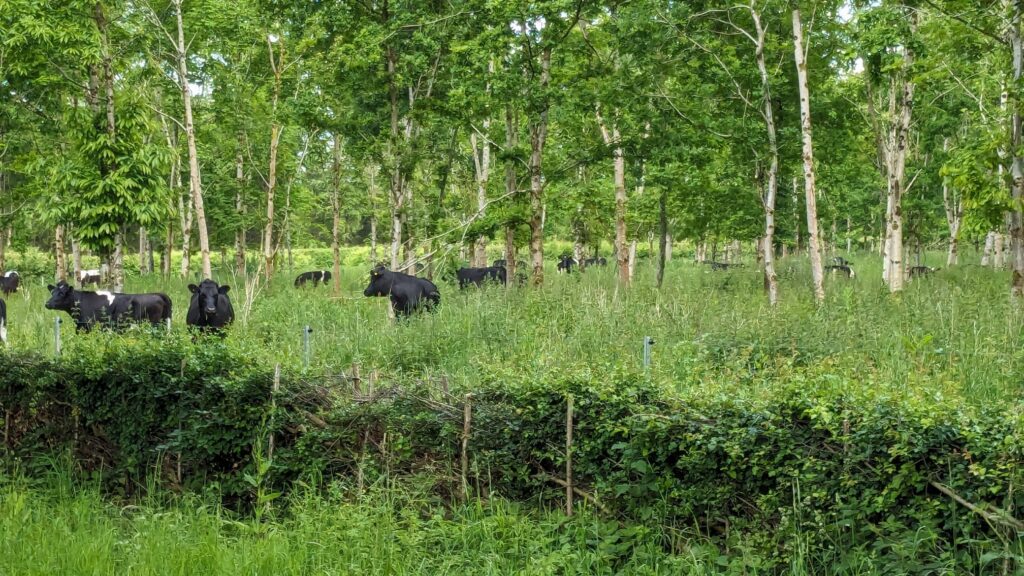
Aspirations matter equally. Farmers who view their operations as dynamic systems capable of evolution rather than static enterprises bound by tradition are better positioned to build resilience. This mindset shift—from preserving the status quo to embracing adaptive change—is crucial for long-term sustainability.
Strategies for Long-Term Thinking
Successful resilience building requires moving beyond reactive responses to proactive planning. This means developing systems that can withstand shocks while maintaining productivity and profitability. Several key strategies emerge from successful adaptation stories:
Diversification remains one of the most effective tools for resilience. Farmers who have integrated multiple enterprises—combining crops with livestock, adding value-added processing, or incorporating agritourism—have created buffer systems that cushion against financial challenges. This diversification extends to soils, where longer rotations with a greater variety of crops help build soil carbon and protect soil integrity. For livestock, the diversity of forage mix with different harvest dates will provide more flexibility in responding to weather events.
Soil health investment has proven particularly valuable. Farmers implementing regenerative practices report not only improved drought tolerance and reduced input costs but also enhanced carbon sequestration opportunities that may provide additional revenue streams. Cover cropping, reduced tillage, and integrated pest management create agricultural systems that work with natural processes rather than against them.
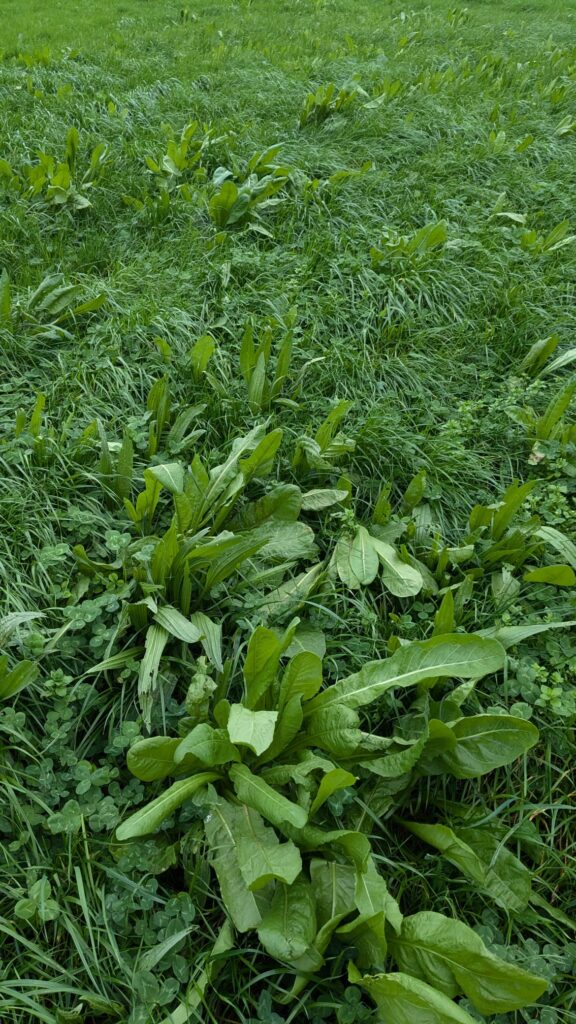
Technology adoption, when carefully selected and implemented, enhances both productivity and adaptability. Precision agriculture tools help farmers optimise inputs and reduce waste, while weather monitoring systems provide early warnings that enable proactive responses to changing conditions. However, technology alone isn’t sufficient—it must be integrated with sound ecological principles and business planning alongside openness to learning new approaches to farming.
The Wake-Up Call We Need
The question that haunts many thoughtful observers of agriculture is what it will take for widespread recognition that complacency is no longer an option. Perhaps the answer lies not in waiting for a singular wake-up call but in recognising that the alarm has already sounded—repeatedly.
At Farm Carbon Toolkit, we work with farmers who aren’t waiting for permission to adapt, providing a whole range of services. They’re already implementing changes, investing in resilience, and building systems designed for uncertainty. They understand that protecting livelihoods and businesses requires accepting that the future will be different from the past.
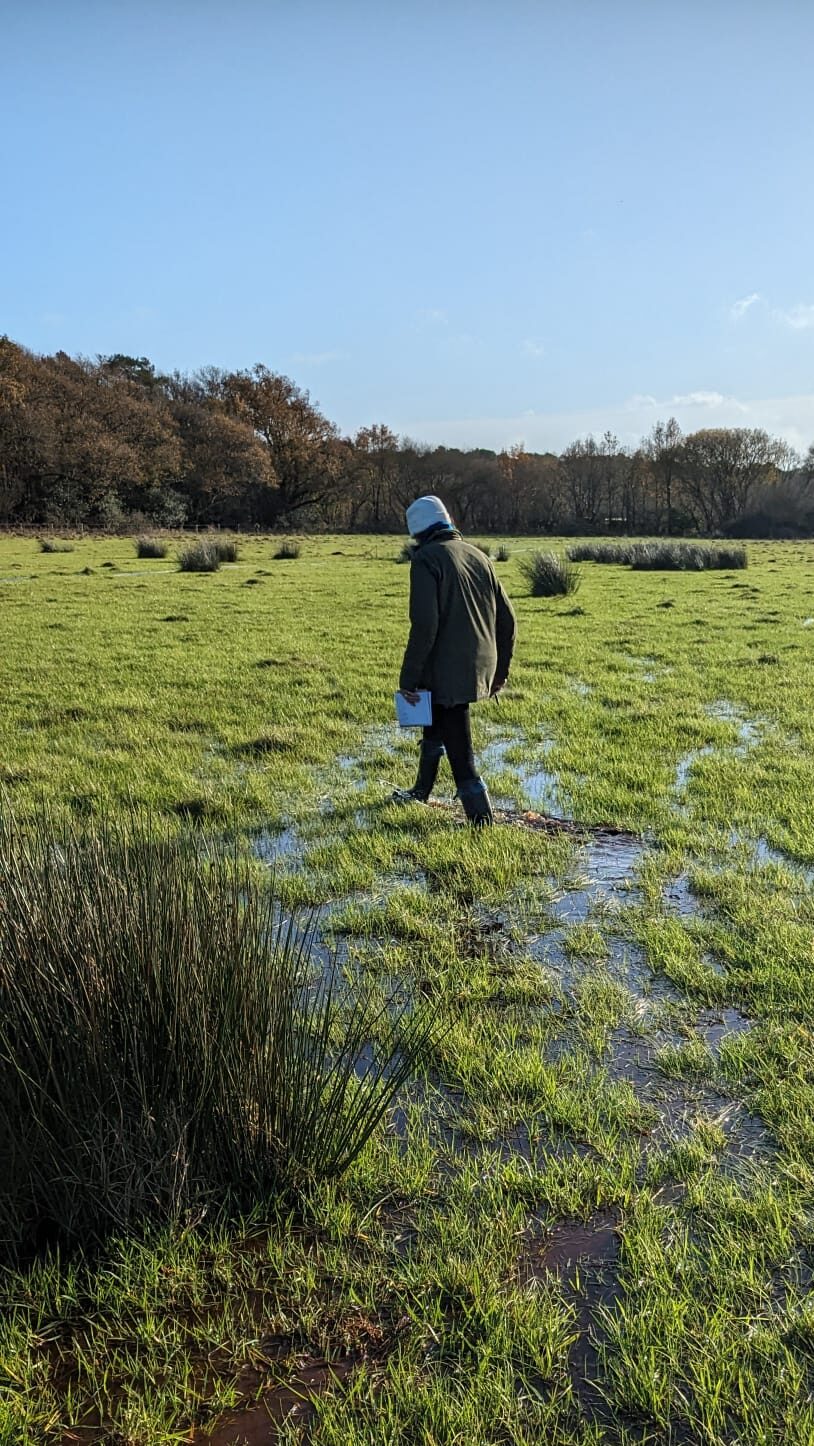
This recognition is spreading through agricultural communities, driven by both necessity and opportunity. Younger farmers entering the industry often bring fresh perspectives on sustainability and adaptation. Established operators are discovering that resilience investments often improve profitability even under current conditions.
Moving Forward
The path forward requires acknowledging that resilience isn’t a destination but an ongoing process of adaptation and improvement. It demands long-term thinking in an industry which is driven by seasonal cycles. However, it understands the importance of legacy and the inheritance of future generations. Most importantly, it requires moving beyond the comfortable assumption that things will somehow work out without deliberate action.
Fundamentally, building resilience is about developing capacity—the ability to adapt, learn, and thrive in changing conditions. For agriculture to meet the challenges ahead, this capacity building must become as routine as any other farm management practice.
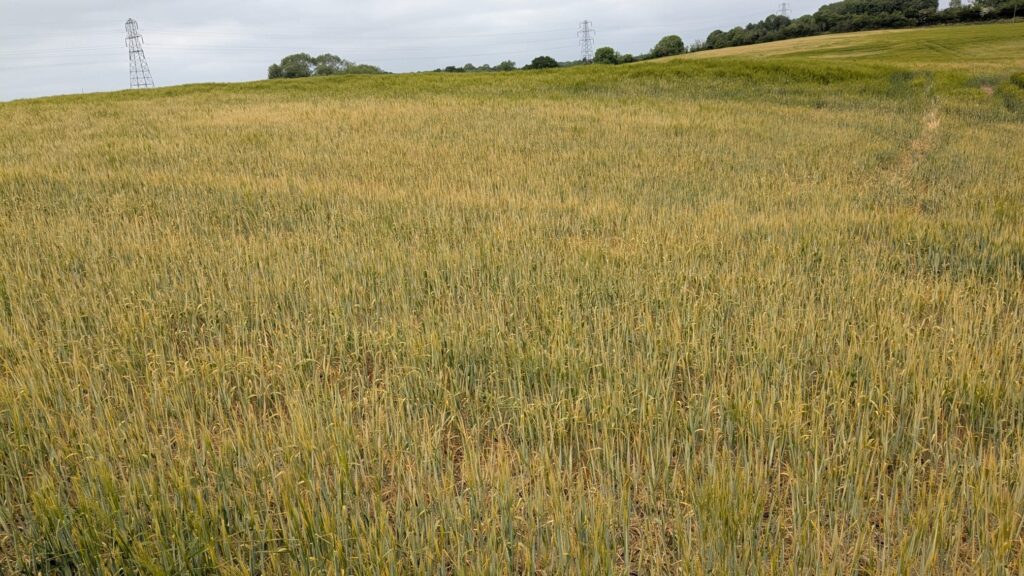
The choice is clear: we can continue to hope that traditional approaches will suffice, or we can embrace the reality that our agricultural future depends on our willingness to adapt today. The farmers leading this transformation aren’t waiting for others to catch up—they’re building the resilient systems that will define agriculture’s future.
At Farm Carbon Toolkit we are supporting those farmers to think and deliver the future.

Recent Comments